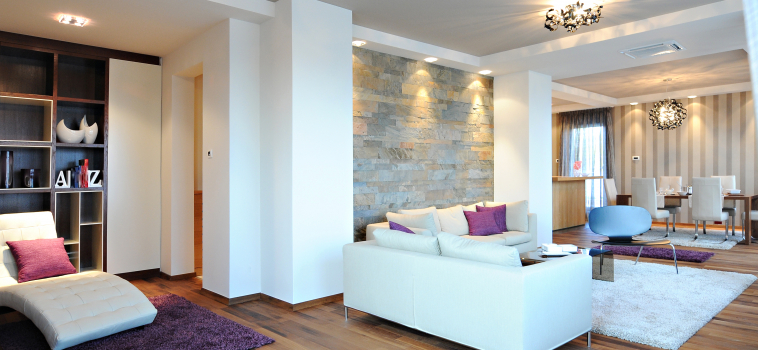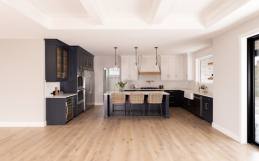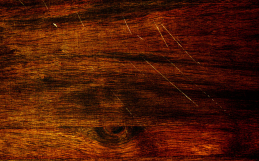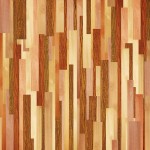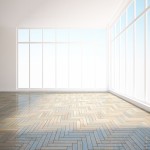Hardwood flooring has always been a classic choice, capable of fitting into old or modern homes and combining well with rugs or carpets. When considering what type of hardwood flooring to select, it’s important to consider factors like humidity, installation, and how much wear your floors are likely to experience. Here we’re going to break down some of the hardwood floors available, to help you figure out which is your best option.
Solid Hardwood Flooring
As with most types of hardwood floors, it’s important to keep solid hardwood between 35% and 55% humidity—this can mean running a humidifier or de-humidifier, depending on the season. Solid hardwood comes in planks made from single pieces of wood around 4 inches in width. Since it’s made from natural wood, solid hardwood is guaranteed to be eco-friendly. It can be difficult to install and improper installations can result in bubbles under the floor, so it’s better to hire a professional unless you have experience.
Hand Scraped Hardwood Flooring
The main difference between solid and hand scraped hardwood is the look of the wood. Hand scraped hardwood is designed to resemble an older style of finishing, where the planks were evened by hard. The advantage of this technique is that it naturally hides any scraps in the wood, so it’s beneficial in a busy household. It also fits better into the vintage look of older homes.
Wire Brushed Hardwood Flooring
Like hand scraped floors, the distinction between wired brushed or “distressed” hardwood and solid hardwood is one of appearance. The wire brushing technique aims to bring out the grain of the wood, suggesting a rustic or well-worn feel. Wire brushed hardwood also tends to be resilient to most minor scraps. Although done by machine, wire brushed floors have the unique look of wood that has been finished by human hands.
Engineered Hardwood Flooring
The major advantage of engineered hardwood is that it’s possible to install in a larger range of settings than normal hardwood, such as basements or cottages. It tends to be a bit more costly—but for good reason! The material deals with moisture better, although it’s still advisable to keep it between 35% and 65% humidity. Engineered hardwood planks are wider and consist of several different layers, but once installed it’s hard to tell because the surface level is generally real wood. This option is also less vulnerable to warping or twisting, making it more stable than its natural cousin and preferable in certain conditions.
